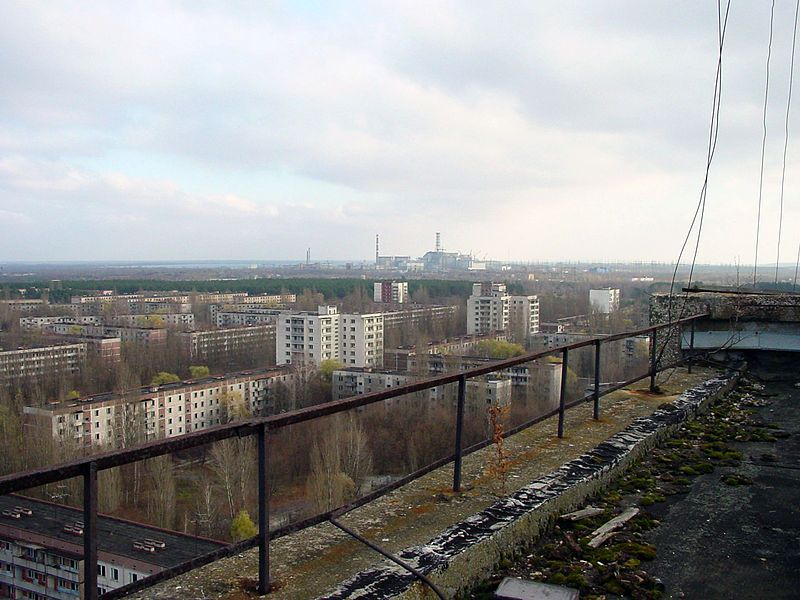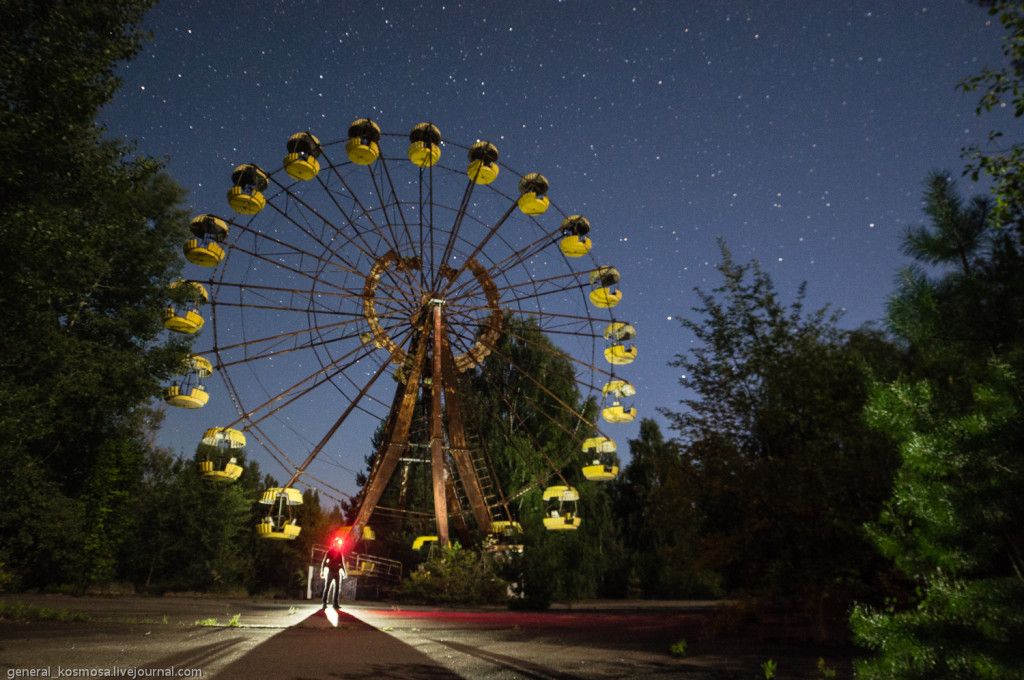Chernobyl- 33 Years On
Apr 27, 2019 • 9 views
Two days that will be remembered by people as one of the worst period in human tragedy will be the 25th and 26th of April, 1986, when a power failure set a chain of events in motion that caused an open air fire, which continuously sent clouds of smoke for around 9 days, while also spewing radioactive products. These gases not only spread in Chernobyl and the nearby city of Pripyat (image below) in Ukraine, but also spread through countries in Western Europe and then-USSR. In terms of official Nuclear Event scale, this is one of only two accidents that has received the maximum level, that is 7 (the other being the accident at Fukushima, caused by Tsunami, in 2011). The government tried to cover up this incident, but ultimately had to confess that human errors and inadequate precautions had led to an accident, which would cause grief to the nation for years to come.

The fallout was immense: not only was there an effect on the environment, the accident had a significant amount of impact on human life as well. An Exclusion Zone was quickly set up within the affected area, which indicated high levels of radiation, and which people could not trespass. With the continuous radioactive isotopes being released into the atmosphere, human life, especially children and infants, suffered. An instance was the abnormal increase in the number of children affected by thyroid cancer, owing to the presence of I-131, which is an isotope of iodine, in food and dairy products. With workers at the receiving end of exposure to high level radiations, there were immediate hospitalizations, but the deaths of 31 workers could not be avoided. Health experts claim that the next 70 years will witness a 28% increment in cancer rates, a direct outcome of the radioactive release. Not only humans, but the incident also took a toll on animal and plant life. While animals who were present in the exclusion zone showed, and still show, a number of defects and abnormalities, plant life also took a severe hit, with a large area of pine trees suffering radioactive damage, forming the area now known as the Red Forest (image below). However, a recent study has indicated that wildlife may be returning to the region.

The disaster has also helped the region to become a frequent area for tourists to sightsee, and learn more about the disaster and its toll on humans and environment. The Pripyat Ferris Wheel (image below), the Azure swimming pool in the area, as well as the gymnasium, have become hugely popular with tourists, showing continuous decay, but also enticing people in equal measure. The place has also become well known for ‘Stalkers’, people who enter the Exclusion Zone illegally in order to mine for artefacts and objects. The Exclusion Zone gained more prominence after the release of the ‘S.T.A.L.K.E.R’ series of video games, which asked players to survive in the Exclusion Zone. As it is, the place will not be the same ever again, but it definitely serves a lesson to mankind, in more ways than one.

